
First Indian Antarctic Expedition
A commemorative postage stamp on the 1st Indian Expedition to Antarctica :
 Issued by India
Issued by India
Issued on Jan 9, 1983
Issued for : Indian Posts & Telegraphs Department is privileged to issue a special stamp to commemorate the landing of the first Indian Scientific team on Antarctica.
Description of Designs : The stamp designed by India Security Press is based on the photograph (Courtesy : Department of Ocean Development) showing the Indian Scientists in their camp in Antarctica. The first day cover design comprises a collage of photographs showing different activities of the Expedition along with the map of the Antarctica. Cancellation has been designed by Charanjit Lal.
Type : Stamp, Mint Condition
Colour : Multi colour
Denomination : 100 Paise
Overall size : 3.91 x 2.90 cms.
Printing size : 3.55 x 2.54 cms.
Perforation : 13 x 13
Paper : Unwatermarked adhesive stamp paper
Number printed : 20,00,000
Number per issue sheet : 35
Printing process : Photogravure
Printed at : India Security Press
About :
- The Department of Ocean Development was set up on 24th July 1981, and within six months of its creation, it organised the first scientific expedition to Antarctica. A 21-member team, drawn from seven different institutions, with Dr. S. Z. Qasim as its leader left for Antarctica on 6th December from Goa and successfully landed on the frozen continent on 9th January 1982. After a stay of 10 days on Antarctica, the expedition returned to Goa. During the stay on Antarctica, as also during the sea cruise, substantial amount of scientific work was done on meteorology, glaciology, geomagnetism, geology, biology, radiowave propagation, pollution studies and also on physical, chemical, biological, geological and geophysical oceanography. A scientific station named “Dakshin Gangotri” was set up at Latitude 70º45’12”.963 South and Longitude 10º38’13”.618 East. An automatic weather data recording system powered by solar batteries was installed and left behind at Dakshin Gangotri.
- Antarctica provides a unique and unpolluted environment hitherto untouched by man. It, therefore, gives an ideal situation (datum point) for monitoring pollution elsewhere in the world. Antarctica influences global climate, and more particularly, the climate of the southern hemisphere. Its study would, therefore, add considerably to our knowledge of factors influencing the monsoons on which the economy of the country is critically dependent. The ice sheet in Antarctica originated, perhaps, more than 50 million years ago, and has continued since then completely undisturbed. It is at places over 3500 meters thick and cover more than 95% of the continents land area. It is, therefore, an extremely well-preserved repository of all types of materials fallen on earth such as, the fragments of cosmic bodies, nuclear products of cosmic rays, samples of entrapped air and minerals. A scientific study of this continent could help to decipher the ancient material found in the ice and will enable us to understand the global and cosmic phenomena that have been taking place over the past millenia.
- Almost 90% of the world’s ice is found on Antarctica. Therefore, it could provide a source of fresh water to many areas of world where water is scarce. The lines of forces in the earth’s magnetic field bend over the two poles. Hence, Antarctica provides an ideal location for observing interaction of the magnetic field and of charged particles from the sun. The waters around Antarctica are amongst the richest biological provinces of earth. The key organism is “Krill” – a small shrimp like creature, rich in protein. It is estimated that nearly 39 million tons, which is nearly half the total world fish catch in 1978, can be harvested annually without endangering the krill stocks. The history of Antarctica itself is a subject of great interest for geologists and geophysicists.
- (Text : Courtesy of Department of Ocean Development)


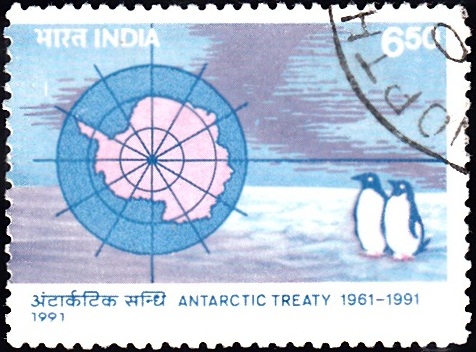
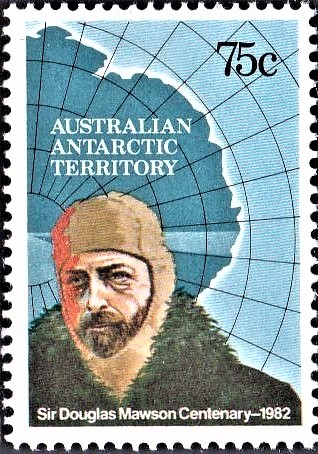
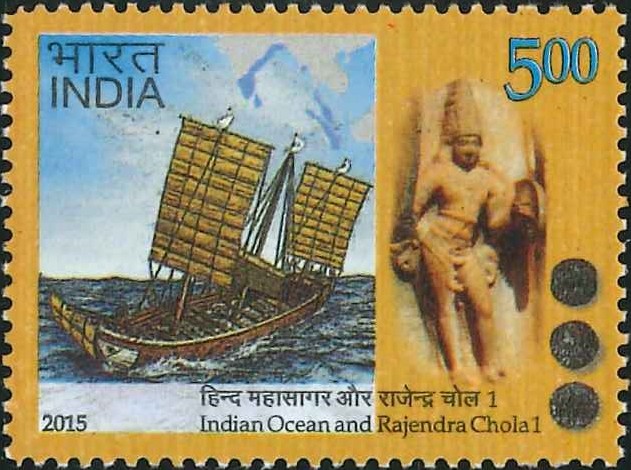
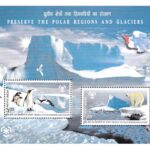

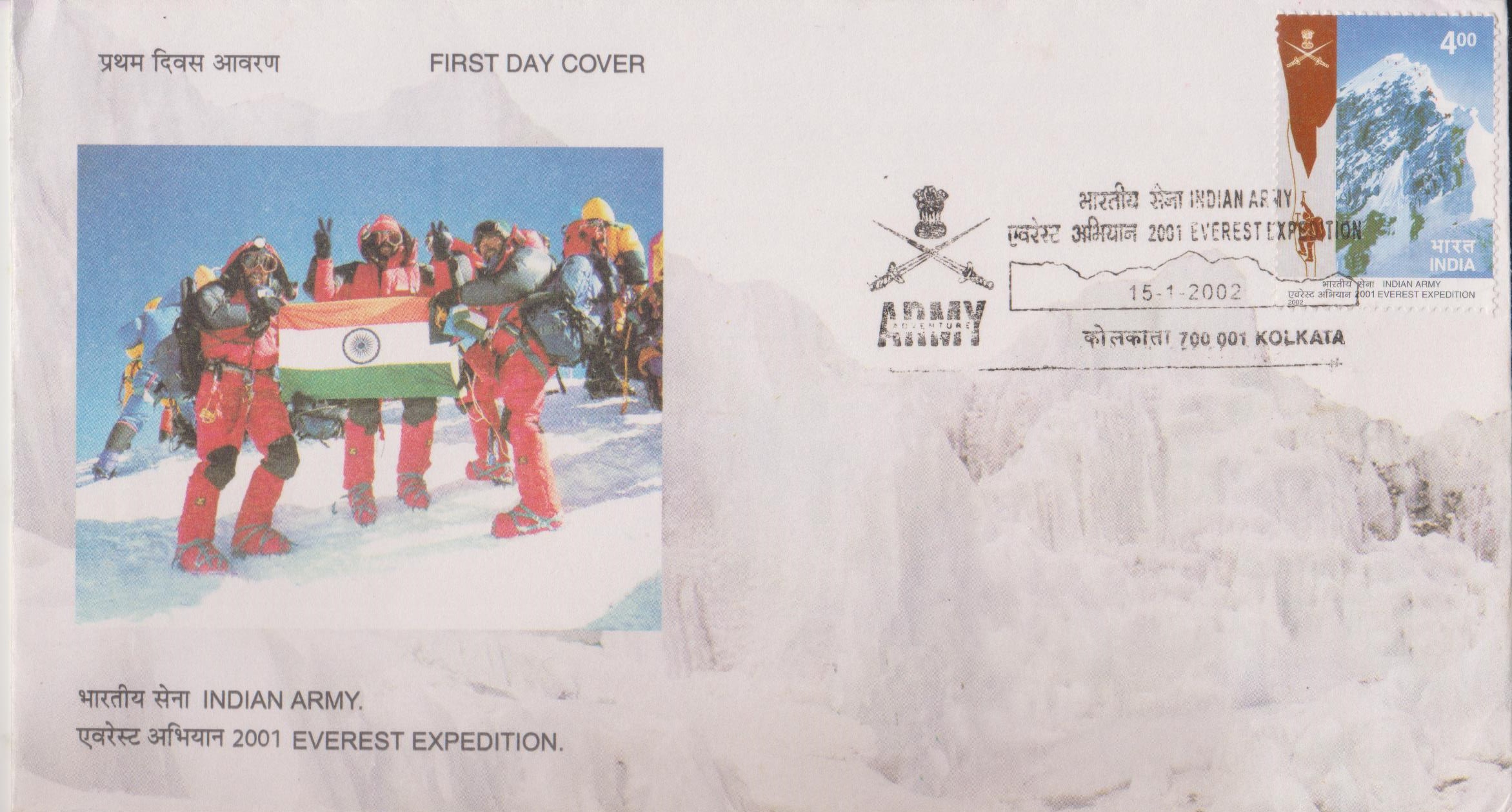
[…] launched her first expedition to the continent in the year 1981 and established her first permanently manned station on the ice […]
[…] went all out in a big way in off-shore drilling to achieve near self-sufficiency in oil. The expedition to Antarctica was a landmark of her […]